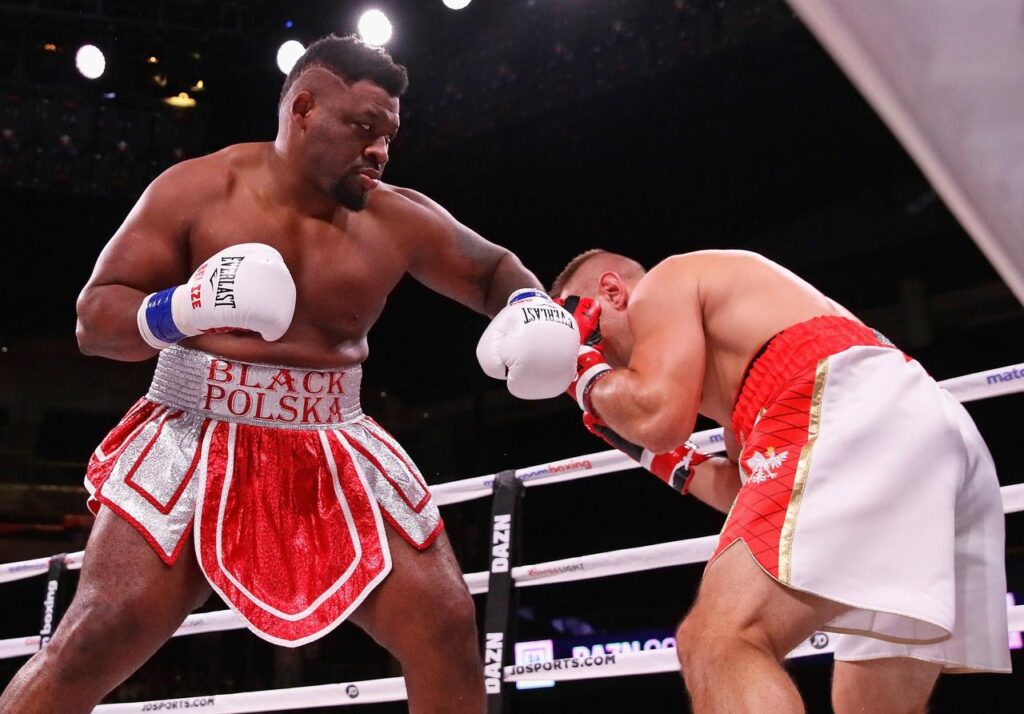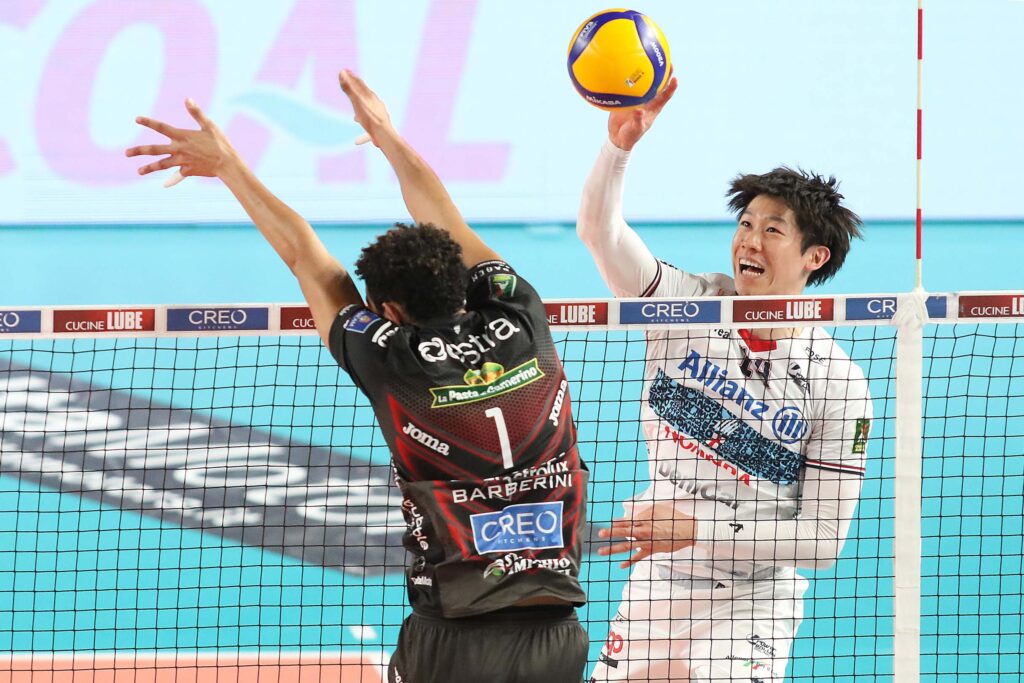
Volleyball is played in physical education classes at school, but it may be difficult for beginners to suddenly receive or spike the ball.
Volleyball is a sport that combines technique, tactics, and teamwork, and practice and experience are essential to improve.
The only way to get better is to practice!
The speed of your improvement will depend on whether you know the tricks of volleyball.
This time, after introducing some volleyball tips,
We will introduce tips for serve, receive, toss, and attack (spike) for beginners to succeed in physical education volleyball classes.
目次
volleyball tips
Below are some tips to improve your volleyball skills.
Acquisition of basic techniques
- Learning correct form : It is important to learn basic volleyball techniques such as passing, serving, spiking, blocking, and digging with correct form. By mastering the basics, you will be able to apply it to advanced techniques.
- Serve : An effective serve can also be a source of points. Learn to use different serves depending on the situation, such as a powerful jump serve or a floater serve that confuses your opponent.
- Reception : Stable reception is the starting point for attacks. Practice reading the trajectory of the ball and receiving it with accurate form.
communication and teamwork
- Communication : Communicating on the court is essential to preventing mistakes and improving team morale. Be proactive in making calls for the ball and instructing the next play.
- Understand your role : Understand your role on the team and play accordingly. Team play is the key to victory.
tactical understanding
- How to read the match : Read your opponent’s position and tendencies so you can develop effective attacks and defenses. By deepening your tactical understanding, you can expand your game making skills.
- Positioning : Proper positioning on the court is important. Always be aware of the optimal position for spikes when attacking, and prepare for blocks and digs when defending.
Physical and mental strengthening
- Physical strength and flexibility : Volleyball is a sport that requires physical strength. Regular physical training and improving flexibility will enhance your performance.
- Strengthen your mental strength : Stay calm during matches and develop your mental strength to withstand pressure. Learning from mistakes and having a positive attitude leads to growth.
Summary of volleyball tips
Improving your volleyball skills requires a multi-faceted approach, starting with learning basic techniques, tactical understanding, building teamwork, and strengthening your physical and mental abilities.
By practicing diligently and growing together with your teammates, you will be able to demonstrate the true value of volleyball.
Next, I will teach you tips on how to do each movement used in volleyball well.

Serve tips for beginners
Serving in volleyball is the first step to start the match, and it is also an opportunity to directly score points.
For beginners, here are some basic tips for serving effectively.
1. Adopt a correct posture
- Foot position : Place your feet about shoulder-width apart, with the foot on the same side as your serving arm slightly out in front of you. This makes it easier to balance.
- Weight Distribution : Before you begin the serve, shift your weight onto your back foot. By shifting your weight forward when you serve, you can transfer force to the ball.
2. How to hold the ball
- Ball position : Hold the ball at or slightly below your waist. This makes it easier to launch the ball.
- How to launch the ball : Launch the ball lightly with the hand opposite to the hand that will be serving. Adjust the height of your launch to match your timing. Typically, your serving arm should be at the highest point where it touches the ball.
3. How to serve
- Arm swing : Swing your arm straight down and aim toward the center of the ball. By snapping with your wrist, you can add rotation to the ball for better control.
- Follow-through : After hitting the ball, follow through by swinging your arm out. This allows more power to be transferred to the ball.
4. Aim your serve
- Where to aim : Decide in advance where on your opponent’s court you will aim your serve. It is effective to aim at areas where the opposing team’s defense is weak or where the receiver is weak.
- Consistency : It’s important to be consistent and use the same form when serving. This allows you to increase the accuracy of your serve.
5. Practice more
- Repetitive practice : Repetitive practice is essential to improving your serving technique. Practice repeatedly until you can consistently serve with a certain form.
6. Improve your mental health
- Relax : It’s important to relax when serving because if you’re nervous, you’ll use too much force. Take a deep breath, calm your mind, and focus on your serve.
The serve is one of the basics of volleyball. If you are a beginner, it is important to carefully practice each of these tips one by one and make them your own.
With repeated practice, you will definitely improve, so don’t rush and take your time.
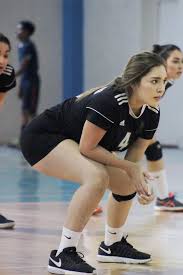
Receiving tips for beginners
Receiving in volleyball is an important skill that allows you to receive the opponent’s attack and connect it to your team’s attack.
Here are some tips for beginners to improve their receiving skills.
take the correct posture
- Stay low : Bend your knees slightly and lean your body slightly forward to make movement easier. This makes it easier to react quickly.
- Keep your feet about shoulder-width apart : To help maintain your balance, keep your feet about shoulder-width apart. This makes it easier to move forward, backward, left, and right.
identify the ball
- Predict the ball’s trajectory : Predict the direction the ball will go based on the server’s movements and the ball’s initial movement. It is important to keep your eyes on the ball.
- Always be prepared : Always be prepared to receive before the serve is hit. Anticipate the ball so you can react quickly.
accurate arm swing
- Use your arms correctly : When receiving, keep your arms straight and your hands together to receive the ball. Keep your arms firmly under the ball to control the ball precisely.
- Stabilize your wrists : Keeping your wrists steady against the ball can improve your control of the ball. Avoid unnecessary rotation and try to receive stably.
approach to the ball
- Move under the ball : When receiving, move your body as much as possible to where you expect the ball to fall and position yourself under the ball. This makes it easier to receive the ball stably.
- Play with your feet : When receiving, it is important to use not only your arms but also your feet for positioning. Proper positioning leads to a good reception.
continuous practice
- Practice over and over : Receiving is a skill that can be greatly improved with practice. Improve your reaction speed and accuracy through repeated practice with consistent form.
- Practice by position : By practicing receiving according to your position, you can hone your skills in a way that is more similar to actual combat.
To improve your volleyball receiving skills, you need to learn the correct form and practice continuously.
By sticking to the basics and carefully practicing each movement, you will gradually improve your skills.
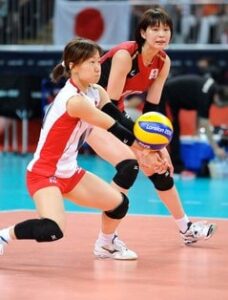
Tossing tips for beginners
The toss in volleyball is an important technique that serves as the starting point for an attack.
The quality of the toss greatly determines the success of the attack, so it is important to perform an accurate toss.
Below are some tips for tossing for beginners.
1. Adopt a correct posture
- Foot position : Stand with your feet shoulder-width apart and your knees slightly bent. It will be easier to maintain balance if you put your tossing foot slightly in front of you.
- Body orientation : When tossing, keep your body parallel to the net, with your chest facing the target spiker.
2. Use of both hands
- Use both hands : Use both hands to toss, not just one. Pick up the ball with both hands and gently push it up with your fingertips.
- Hand Shape : Open your hands so that they are holding the ball between them, fingers spread out over the ball. This allows you to give the ball a stable rotation.
3. Push the ball up
- Arm Movement : Start with your arms straight, and as you push the ball up, gently push upwards with your whole arm, straightening your elbows.
- Wrist Snap : Just as you release the ball, lightly snap your wrist to give the ball the proper rotation and height.
4. Take aim
- Setting a target point : It is important to know the height and location where the spiker can hit most effectively and send the toss to that target point.
- Consistency : Keeping the toss position and height consistent makes it easier for the spiker to hit the ball.
5. Practice more
- Stick to the basics : It’s important to start with simple tosses and gradually adjust the height and distance.
- Repetitive practice : Repetitive practice is essential to developing an accurate toss. With practice, you can naturally acquire the feel and timing of your hands.
Toss is the basis of team play and is an essential skill for a successful attack.
For beginners, it is important to start with basic form and master correct posture and hand usage.
And above all, by practicing, you can acquire more advanced tossing techniques.

Attack (spike) tips for beginners
Attacks (spikes) in volleyball are a powerful way to score points.
However, technique and timing are important for an effective attack.
Here are some tips for beginners to learn attack techniques.
1. Learn the right approach
- Step Basics : An effective attack requires a powerful approach. Generally, a three-step movement is used: “right → left → right (for left-handed people, left → right → left)”. Take the first small step, then take the big step to accelerate, and finally take the step to jump higher.
- Accelerate : Accelerate your approach, reaching maximum speed on the last two steps. This increases the height and power of your jumps.
2. Make effective jumps
- Arm swing : When jumping, swing your arms back and forth, then forcefully raise your arms at the moment you jump upwards. This will help you jump higher and allow for more powerful attacks.
- Use your whole body : Jumping uses your whole body, not just your legs. You can jump high by not only swinging your arms but also using your hips and abdominal muscles to pull your upper body up.
3. Accurate timing on the ball
- Read the ball position : The timing of your approach and jump will depend on the position and height of the toss. Ideally, you should start your jump just before the ball reaches its highest point.
- Synchronize with your toss : If your toss is too high or too low, adjust your approach speed and jump timing accordingly.
4. RBI control
- High point of impact : When you hit the ball, try to hit the ball as high as possible. This increases the speed of the ball and makes it easier to cross the blocks.
- Watch the ball : Keep your eyes on the ball until the moment of attack to ensure you hit the ball with the correct spot.
5. Practice more
- Repetitive practice : Attack techniques are acquired through repeated practice. It is especially important to practice approach movements and jumps.
- Take advantage of feedback : Be open to feedback from your coaches and teammates, identify areas for improvement, and incorporate them into your practice.
Volleyball attacks improve with practice and experience.
Master the basic techniques and approach with confidence.
You will gradually find your own attack style and be able to play an active role in the game.
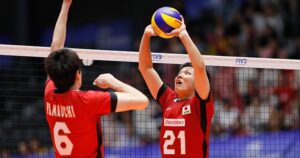
summary
I have explained some tips for playing volleyball.
Not only volleyball, but for all sports, the amount of practice is the most important thing.
Even if you are an ordinary person, have below-average athletic ability, or are not blessed with a physique.
Depending on your efforts, you can surpass so-called geniuses.
If you want to get better, all you need to do is practice!
Beginners should do their best to practice volleyball!


